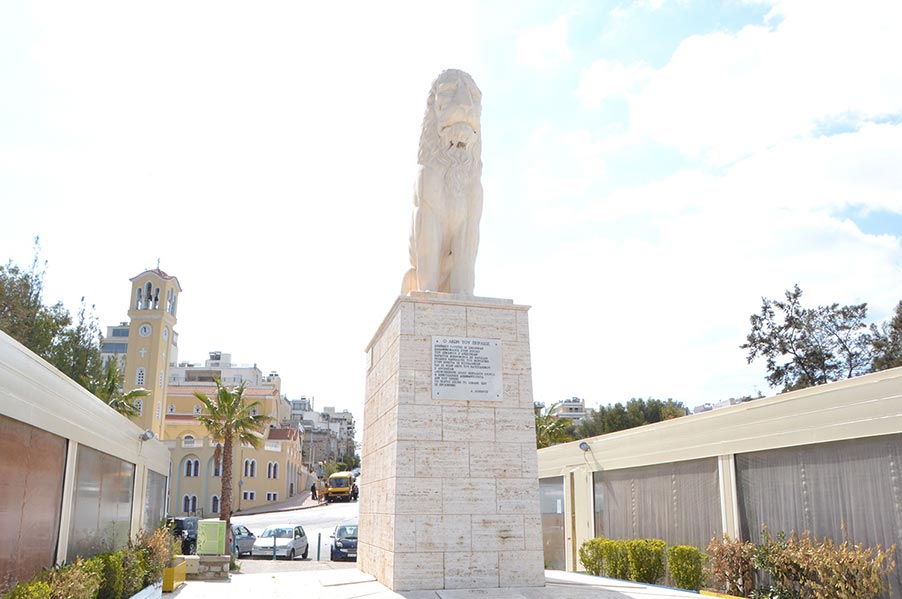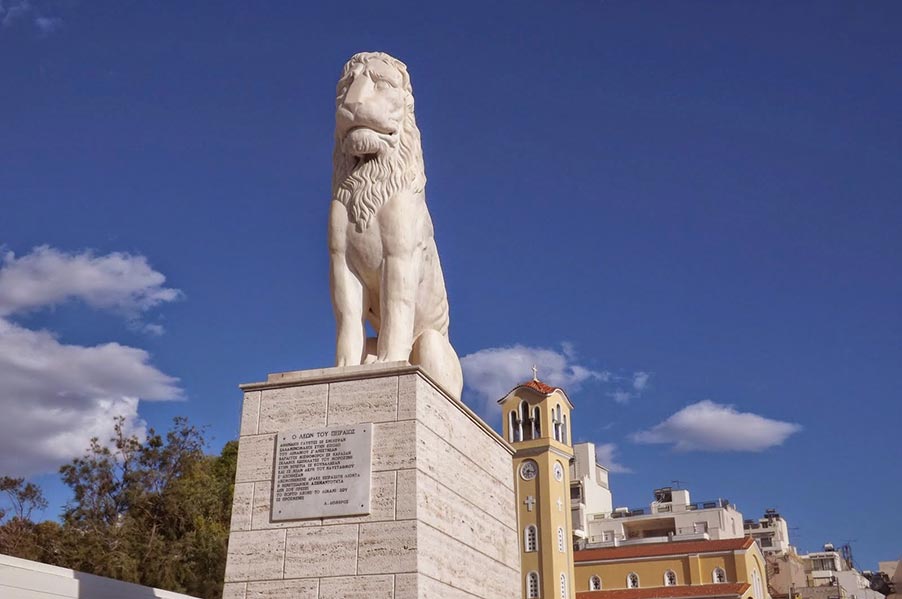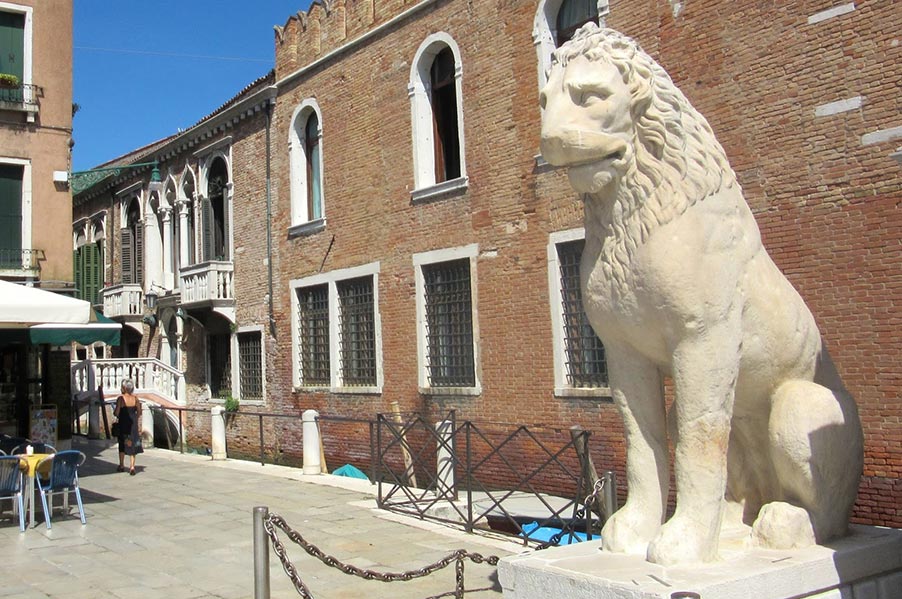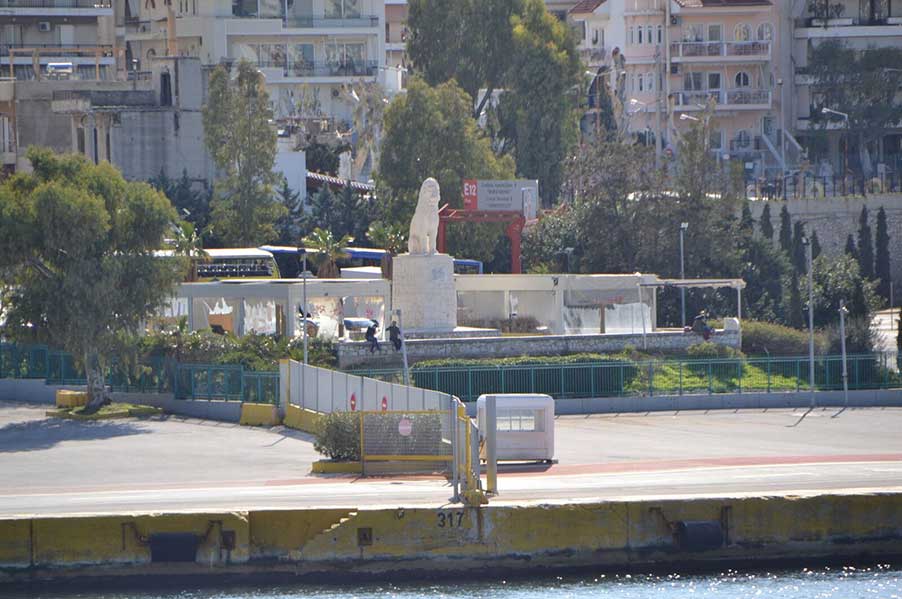- Home
- Piraeus
- Piraeus Entries
- The Lion of Piraeus
Description
The Statue of the Lion at the entrance of the port of Piraeus is a copy of the original one. The original one was looted by Venetian naval commander Francesco Morosini in 1687 as plunder taken in the war against the Ottoman Empire. He is the person that used his canons against Acropolis and the Parthenon…
The lion was originally sculpted in about 360 BCE, and became a famous landmark of Piraeus, having stood there since the 1st or 2nd century AD. Its prominence was such that the port eventually became referred to in Italian as Porto Leone ("Lion Port") as the port's original name ceased to be used. It is depicted in a sitting pose, with a hollow throat and the mark of a pipe (now lost) running down its back; this suggests that it was originally used as a fountain. This is consistent with the description of the statue from the 1670s, which said that water flowed from the lion's mouth into a cistern at its feet.
The statue, which is made of white marble and stands some 3 m high, is particularly noteworthy for having been defaced some time in the second half of the 11th century by Scandinavians who carved two lengthy runic inscriptions into the shoulders and flanks of the lion.The runes are carved in the shape of an elaborate lindworm dragon-headed scroll, in much the same style as on runestones in Scandinavia. The carvers of the runes were almost certainly Varangians, Scandinavian mercenaries in the service of the Byzantine Emperor.
During the last decade there are efforts to bring the original statue back at the original place which were denied.



